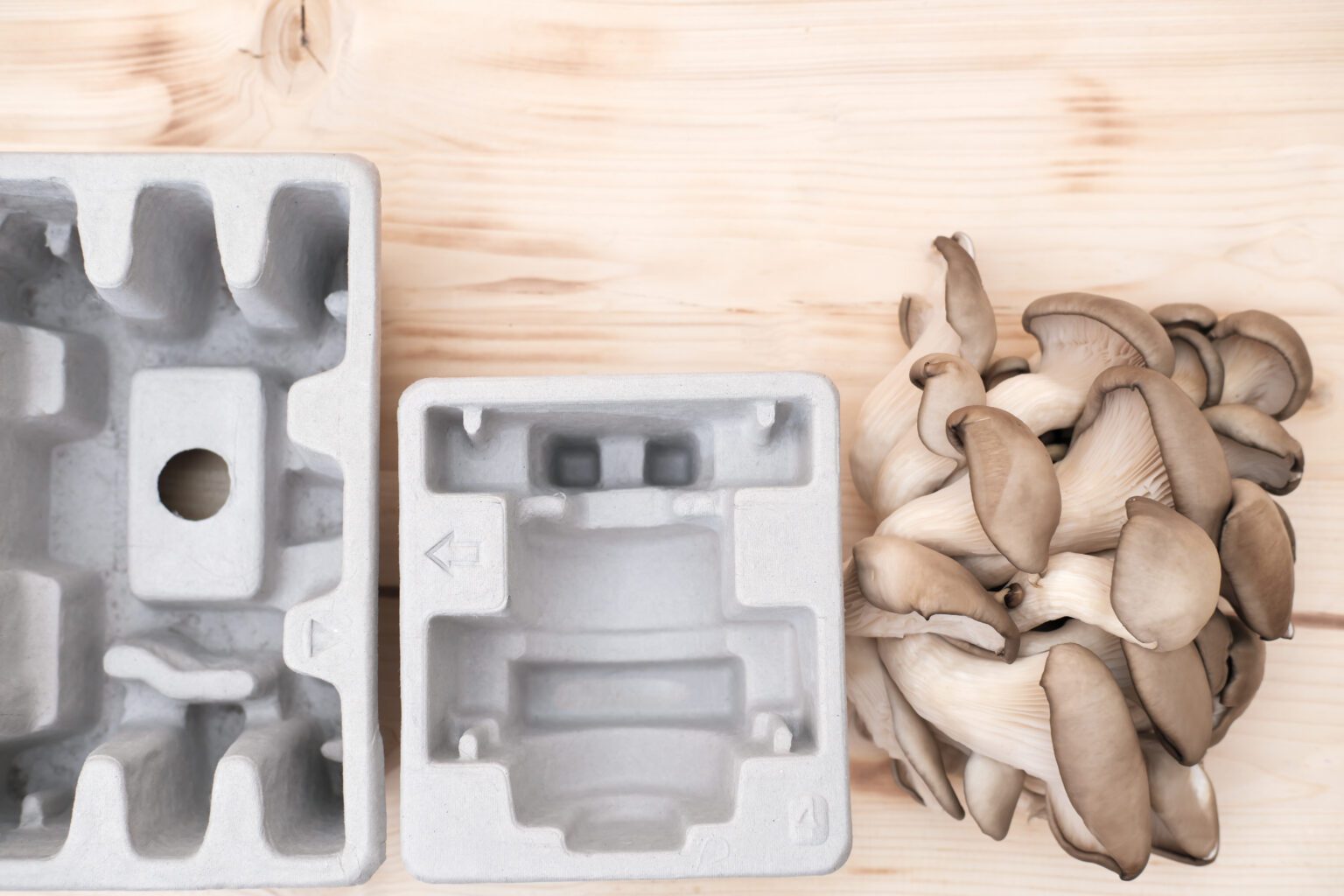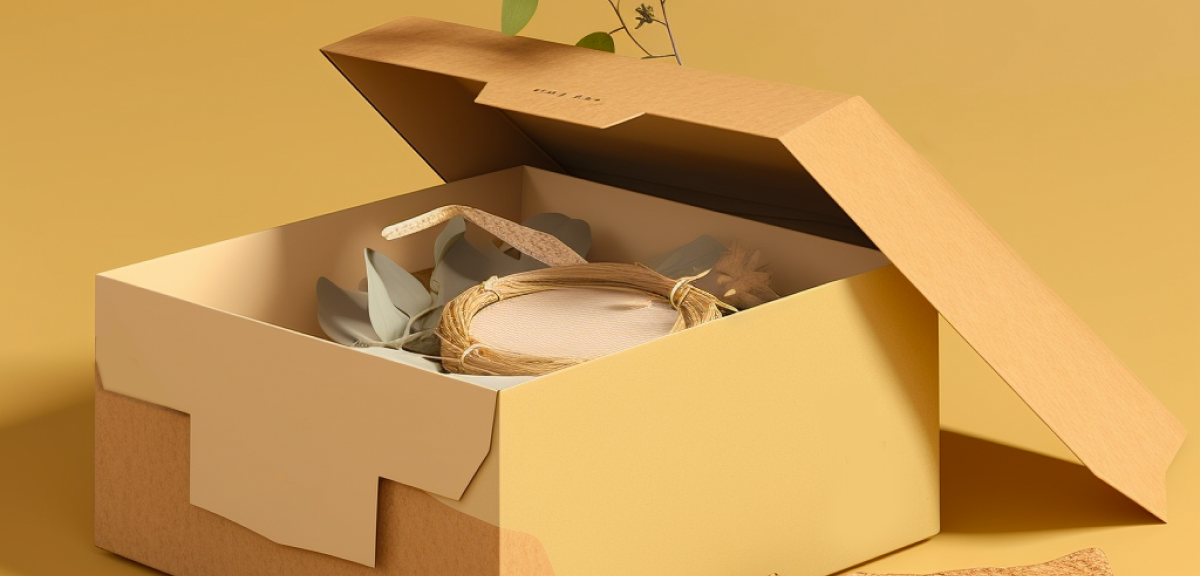Sustainable Packaging Guide
Shipped
on
March 23, 2023
Why Sustainable Packaging Matters.
Sustainable packaging is becoming increasingly important due to growing concerns about the impact of packaging on the environment, including its contribution to climate change, depletion of natural resources, and pollution. As consumers become more environmentally conscious, they increasingly demand sustainable packaging options from the companies they buy from.
Adopting sustainable packaging practices can also result in cost savings for businesses. Companies can lower operating costs by reducing material usage, optimizing package size and weight, and implementing recycling and reuse programs. In addition, businesses that embrace sustainable packaging can enhance their brand reputation and appeal to environmentally conscious consumers.
Key Elements of Sustainable Packaging.
Sustainable packaging requires a holistic approach that balances functionality, cost, and environmental impact. Key elements of sustainable packaging include:
- Renewable Materials: Using renewable materials such as bio-based plastics, plant-based materials, and recycled content reduces the environmental impact of packaging.
- Efficient Design: Optimizing packaging size, shape, and weight reduces material usage and transportation costs while minimizing waste.
- Recyclability: Designing packaging for recyclability ensures that it can be easily collected, sorted, and recycled after use.
Assessing Your Current Packaging.
Assessing the sustainability of your current packaging is an essential first step in developing a sustainable packaging strategy. It also involves understanding the potential challenges and trade-offs in adopting sustainable packaging practices. Evaluate the environmental impact of your packaging, identify improvement areas, and set improvement goals.
Material Innovations and Alternatives.
Various sustainable packaging materials, including biodegradable plastics, plant-based alternatives, and reusable options, are available today. Each material has its benefits and limitations, and businesses must carefully consider the trade-offs when selecting materials for their packaging.
There are many sustainable packaging materials available now. Some of the most common and popular ones include:

- Recyclable paper: This is a versatile packaging material that can be used for a wide range of products. It’s recyclable, renewable, and biodegradable.
- Biodegradable plastics: Plastics that break down naturally in the environment through composting or other natural processes. They can be made from various materials, including cornstarch, sugarcane, and potato starch.
- Plant-based plastics: Plastics made from renewable resources, such as corn, sugarcane, and other plants. They are biodegradable and compostable.
- Mushroom packaging: This innovative material is made from mushrooms and is fully biodegradable. It’s strong and durable, making it an excellent choice for packaging fragile items.
- Recycled plastic: This plastic has already been recycled from other products. It’s a sustainable option because it reduces the amount of plastic waste in the environment.
- Biodegradable foam: This material is made from natural materials and can break down naturally in the environment.
- Reusable containers: Incorporate branded, reusable containers in your packaging and shipping materials, reducing the need for single-use packaging.
- Compostable shipping materials: Compostable shipping materials are an eco-friendly alternative to traditional shipping materials, typically made from non-biodegradable plastics. These materials break down into natural components when composted, leaving no harmful residue. Compostable shipping materials, such as cornstarch, sugarcane, and mushrooms, are usually plant-based. These materials are often just as strong and durable as their plastic counterparts and are suitable for a wide range of shipping applications. By using compostable shipping materials, businesses can significantly reduce their environmental impact and help to create a more sustainable future for our planet.
Where to purchase sustainable packaging materials.
Several companies are leading the industry in providing sustainable packaging materials. Some of the companies that are making significant strides in this area include:
- Loop Industries: This company uses patented technology to break down plastic waste into its basic building blocks, which make new plastic products.
- Ecovative: This company uses mycelium, the root structure of mushrooms, to create a biodegradable packaging material that is strong, durable, and sustainable.
- TerraCycle: This company focuses on recycling hard-to-recycle materials, such as cigarette butts, coffee capsules, and snack wrappers, and turning them into new products.
- Ecolife Recycling: This company turns plastic waste into new products, such as clothing, bags, and furniture.
- BioPak: This company creates sustainable packaging for the food industry, including compostable coffee cups, plates, and containers.
- TIPA: This company is creating fully compostable packaging materials designed to break down in a composting environment, leaving behind only organic matter.
- Evocative Design: This company makes sustainable packaging solutions for the beauty and personal care industry, including biodegradable and compostable packaging materials.
Design for Sustainability.
Designing packaging for sustainability requires minimizing waste, reducing material usage, and promoting recycling or reuse. Strategies for optimizing package size, shape, and functionality can help reduce the environmental impact of packaging.
Regulatory and Certification Landscape
Understanding the evolving regulatory environment for packaging and the role of certifications is essential for ensuring compliance and building trust with customers. Key certifications like FSC, SFI, and Cradle-to-Cradle can help businesses demonstrate their commitment to sustainability.
Case Studies: Success Stories and Lessons Learned.
Learning from the experiences of companies that have successfully implemented sustainable packaging solutions can provide valuable insights for businesses.
- Amcor: This case study highlights Amcor’s partnership with Compass Group to create sustainable packaging for their meals. Amcor developed a recyclable tray made from a blend of PET and RPET, reducing the environmental impact of the packaging while maintaining the necessary functionality and performance.
- Dow: This case study showcases Dow’s partnership with a beverage company to optimize its packaging design for sustainability. By reducing the thickness of the plastic used in its bottles and optimizing the bottle design for recycling, the company could reduce its carbon footprint and improve the recyclability of its packaging.
- Nestle, PepsiCo, and Proctor & Gamble: This case study discusses the collaboration between several companies, including Nestle, PepsiCo, and Procter & Gamble, to develop sustainable packaging solutions through the Alliance to End Plastic Waste. The case study provides insights into the challenges and opportunities involved in transitioning to sustainable packaging practices at a large scale.
- Patagonia: This case study focuses on outdoor apparel company Patagonia’s switch to renewable packaging materials. The company replaced traditional plastic bags with bags made from a biodegradable material derived from cassava root. The bags are compostable, reducing their environmental impact and aligning with Patagonia’s commitment to sustainability. The case study discusses the challenges and benefits of switching to renewable packaging.
How we can help.
Build a brand with
trust and transparency.

